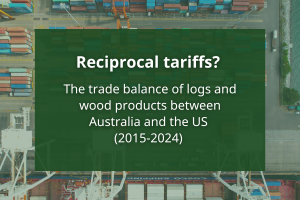The limits of interest rate cuts as a stimulatory measure are under the spotlight as the International Monetary Fund (IMF) suggests they are failing to drive sufficient spending and economic growth.
Pointing to global economic growth that is expected to reach an aggregate 3.3% over calendar 2014, the IMF says risks are being underestimated in some asset classes, giving rise to new concerns about the emergence of ‘bubbles’ in the global economy.
The ‘Global Financial Stability Report’ was released in early October. In what for global organisations is stinging criticism, the IMF assesses the easing of monetary policy (lower interest rates) to have run its course. It argues that benefits have now largely been extracted and that valuation and liquidity risks gave increased.
In less prosaic terms, the IMF thinks there is too much cheap money being used to make non-productive investments, with money washing into hard to sell and more risky assets.
The IMF’s concern appears to be heightened by expectations that the end of US quantitative easing will see interest rates rise by the middle of 2015 (as the US Federal Reserve has suggested is likely to occur). The risk that could arise is falling asset prices, coupled with an inability to exit investments could further stall the sluggish and patchy growth that exists across the global economy.
The IMF is seeking to shift economic risk taking into the private sector, which would be reflected in borrowings for the purposes of capital investment, employment and wealth creation.
It points to improved business fixed investment in the United States as the leading example of the outcomes it thinks are most desirable. However, in comments that might be considered to parallel those of many manufacturers in Australia, it suggests that banks and other financial institution need to free up capital for productive purposes if economic growth is to improve and be sustainable.
That may well be the sting in the tail also, however, as the weakest and less structurally driven growth is largely in developing and emerging economies. Typically these are the economies with the least residual capacity and resilience in the face of any renewed global economic pressures brought about by higher interest rates, liquidity pressures and falling asset valuations.
In the report (which has been released every six months since the beginning of the global financial crisis), the IMF details housing price movements around the world, finding that since 1970, Australia has experienced the third highest level of residential property value growth. Only Canada and New Zealand are ahead of the Australian growth rate.
Notably, the IMF report falls short of criticizing the Australian situation directly, though clearly the ‘search for yield’ that has seen inflation in residential housing prices is part of the evidence it uses to emphasise concerns about interest rates being ‘too low for too long’.
The latest edition of the IMF’s periodic ‘Global Financial Stability Report’ can be accessed here.



